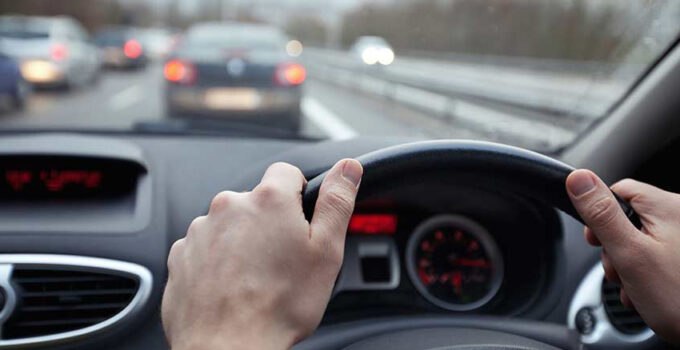Located in the southeastern part of Texas, the city of Beaumont presents a highly active transport network. Being a hub of economic activity and home to a significant number of residents, the city witnesses heavy traffic flow on its freeways and intersections daily.
However, this bustling activity sometimes results in safety risks for both drivers and pedestrians alike. It is necessary to address these potentially hazardous conditions to ensure safety and maintain the smooth running of the city’s transport network.
Traffic safety in Beaumont, Texas is not a matter to be brushed aside. A range of factors, from high-speed traffic and complex intersections to poor visibility and lack of pedestrian facilities, contribute to this pressing issue.
In the year 2022 alone, Beaumont experienced a total of 3,451 crashes, as revealed by data from the Texas Department of Transportation. The high accident rate emphasizes the critical need for improved traffic measures and better transport infrastructure, primarily more effective safety protocols in place on the city’s most dangerous freeways and intersections. This is not just to achieve an efficient transportation system, but more importantly, to ensure the lives and safety of all road users.
Page Contents
Most Dangerous Freeways in Beaumont
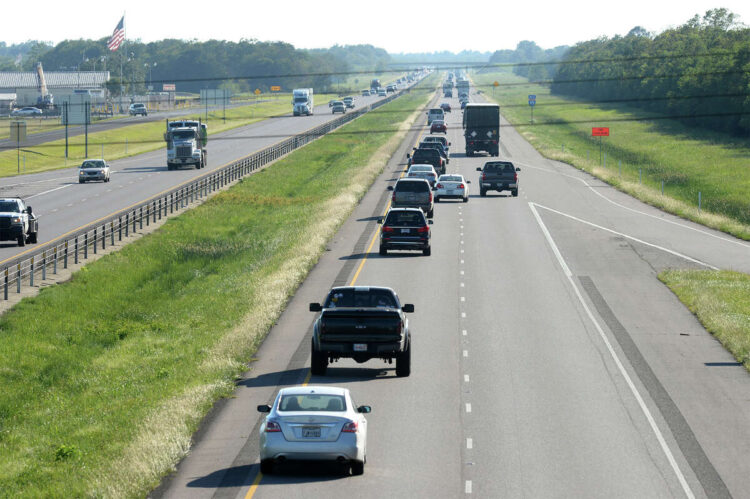
Source: beaumontenterprise.com
Traveling through Beaumont, three major freeways come to prominence regarding the potential danger they pose to both drivers and pedestrians due to their hazardous conditions. These include the Eastex Freeway, Cardinal Drive — which is also known as US 69/96/287 —, and the junction of I-10 and ML King Jr Parkway.
What makes these freeways precarious, unfortunately, boils down to a trio of significant factors. The high volume of traffic, particularly during peak hours, creates an unfavorable environment for safe driving. Coupled with the fact that speeding is a frequent occurrence, the risk factor escalates substantially, thereby increasing the demand for a personal injury attorney Beaumont. The dire lack of safe crossings for pedestrians adds another layer of danger into the mix.
In a stark reminder of their treacherous nature, the Texas Department of Transportation registered an alarming rate of accidents on these freeways, making them some of the most perilous zones in Beaumont for travelers. Much work needs to be put in place to enhance safety and reduce the traumatizing and sometimes fatal incidents on these roads.
Most Dangerous Intersections in Beaumont
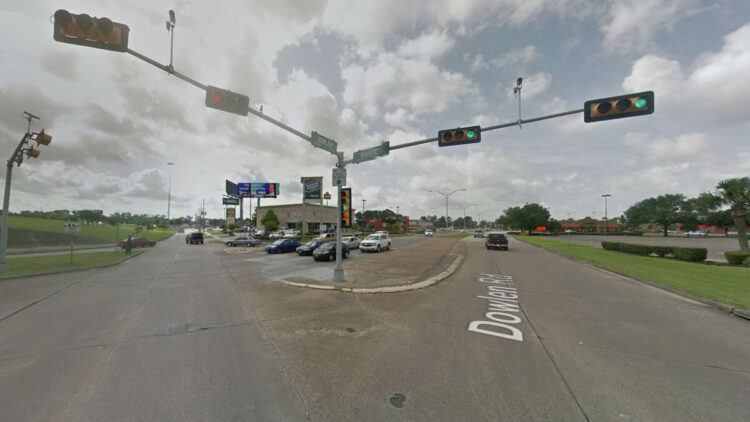
While freeways account for a significant share of traffic issues, intersections often prove just as problematic. In Beaumont, there are some intersections that pose a considerable risk to motorists and pedestrians alike. These dangerous areas are found at the conjunctions of Delaware Road and U.S. Route 69, Dowlen Road and the Eastex Freeway, and College and 11th Street.
Each of these points represents a traffic challenge that requires focused driving and pedestrian alertness to ensure safety. The danger these intersections present can be attributed primarily to three reasons, poor visibility, traffic congestion, and inadequate signage or flawed freeway design.
Any of these factors could potentially result in accidents, with conditions becoming more hazardous when they combine. Data from the Texas Department of Transportation highlights the gravity of the situation. These specific intersections have a track record of significant accident numbers, making them among the city’s most hazardous. Awareness, caution, and improvements in design and road infrastructure are therefore essential in making these intersections safer for all road users.
Efforts to Improve Safety on Beaumont Roads
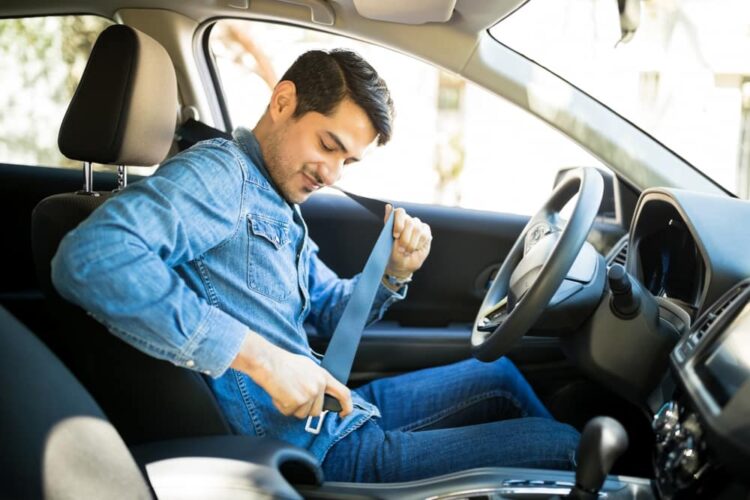
Source: thompsonsales.com
The grim traffic data has not gone unnoticed. Both local government and community groups in Beaumont are making vertical strides to reform the situation. Substantial efforts are being allocated for road safety enhancements, including the redesigning of treacherous intersections, adding pedestrian crossings, improving street lighting, adjusting speed limits and putting digital sign boards warning drivers of statistics related to treacherous stretches of the freeway. Safety campaigns aimed at public education and awareness are active, encouraging responsible road behaviors among drivers and pedestrians.
Looking ahead, there is certainly room for improvement. Local authorities could consider employing advanced traffic management systems that use data collected from various sources to manage the flow of traffic better. Similarly, exploring new technological solutions like smart traffic signals can massively improve traffic conditions.
As for infrastructure, the city should consider adopting a ‘Complete Streets’ approach to transportation planning. This strategy emphasizes the need to accommodate all road users – cars, buses, commercial vehicles, cyclists, and pedestrians – in roadway designs. Ultimately, safety improvements can save lives, reduce the risk of accidents and make the roads a better place for all Beaumont residents.
Driving Tips for Beaumont Motorists and Safety Advice for Pedestrians
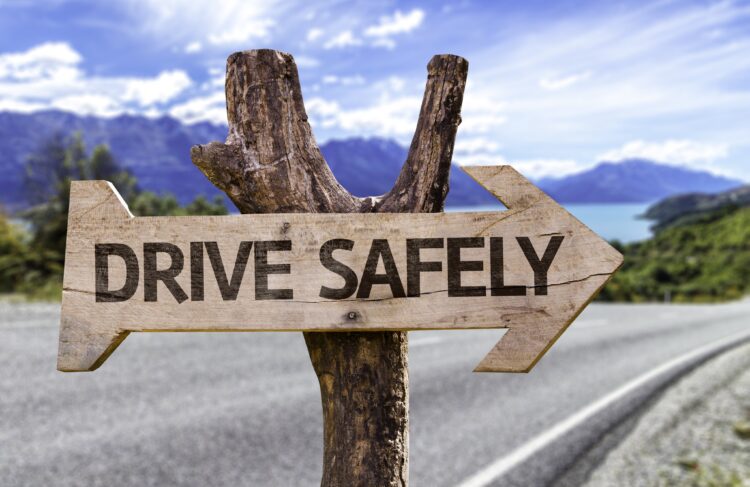
Source: wilmarinc.com
For motorists driving through Beaumont, adapting safe driving habits can significantly reduce the risk of accidents. This includes consistently adhering to speed limits, remaining vigilant of the road conditions, using signals when changing lanes or turning, and most importantly, abstaining from distractions such as mobile phones while driving.
Defensive driving techniques, such as maintaining a safe following distance, anticipating other road users’ behaviors, and preparing for unexpected situations, can also help avoid accidents. Regular vehicle maintenance, like checking tire pressure or brake functionality, can prevent breakdowns and unexpected troubles on the road, especially when passing through hazardous freeways or intersections.
Pedestrians have a part to play in their safety too. They can follow precautions such as always using pedestrian crossings, wearing visibly bright clothing or reflective gear while walking at night, remaining alert and not getting distracted by handheld devices when crossing the road.
It might also be a good habit to make eye contact with drivers before crossing a road to confirm they see you. It goes without saying that observing pedestrian traffic signals and avoiding jaywalking is critical when crossing busy and hazardous intersections. The responsibility of road safety is shared equally by both drivers and pedestrians. Through coordinated efforts, we can ensure that Beaumont roads are safer for everyone.
Traveling through the roads of Beaumont, particularly the hazardous freeways and intersections, definitely calls for an extra dose of caution and awareness. Both drivers and pedestrians have the responsibility of not only ensuring their safety, but contributing to a safer environment for all road users.
Through a combined effort of safe practices, supportive infrastructure, and continued community initiatives, a substantial reduction in accidents and a safer Beaumont is definitely an achievable goal.

